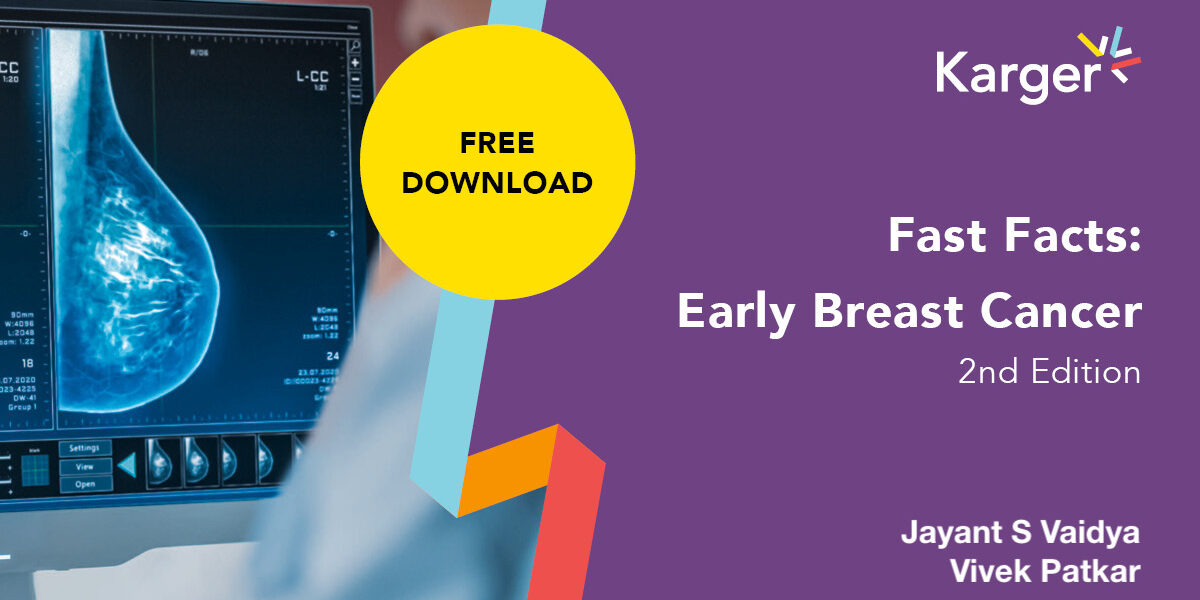Fast Facts: Early Breast Cancer
Introduction
Written for all members of the multidisciplinary breast cancer care team, and for everyone who wishes to know about breast cancer, this concise resource will aid understanding of the risk of developing breast cancer, the essentials of diagnosis and preoperative assessment, and the current approach to treatment and follow-up, with a focus on how each mode of treatment can be optimized to match the individual patient’s needs based on high-quality evidence.
Over the last few decades, we have seen great improvements in our understanding and treatment of breast cancer. Breast cancer has dropped to seventh place on the list of leading causes of death in women worldwide. Such improved survival (from 60% to 90%) has meant that, in the last two decades, there has been increased focus on improving quality of life and minimizing overtreatment. A balanced view of the risks, harms and benefits of any intervention, from screening and diagnosis to the treatment of cancer, is gaining importance.
In this new edition, we outline the importance of triple assessment (clinical examination, imaging and pathology) for a confident diagnosis, including methods of eliciting subtle signs of early cancer such as dimpling (Figure 0.1). We also review key practice-changing evidence in surgery, radiotherapy and systemic therapy.
Advances in technology have made it possible to speed up treatment delivery and minimize side effects without compromising effectiveness. Some of these advances, such as intraoperative radiotherapy, have offered pragmatic solutions to new challenges posed by the recent coronavirus pandemic.
Following the approach of better targeted surgery, radiotherapy has moved from whole-breast irradiation to targeted radiotherapy (Figure 0.2). Biological/antibody therapy and modulation of the tumor microenvironment is now included as part of systemic therapy in addition to chemotherapy and endocrine therapy. Meanwhile, immunotherapy and targeted treatments such as poly-adenosine diphosphate (ADP) ribose polymerase (PARP) inhibitors have shown promise in triple-negative breast cancer.
Copyright © S. Karger Publishers Ltd 2023
Contact us via email for more information.


